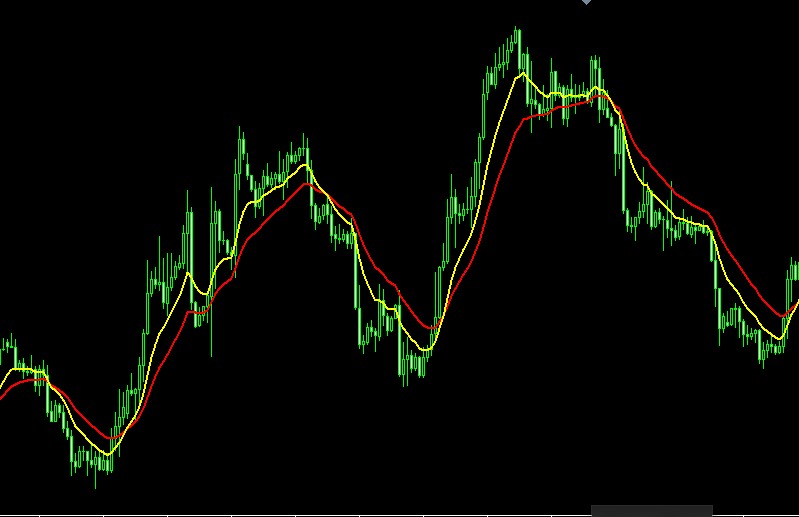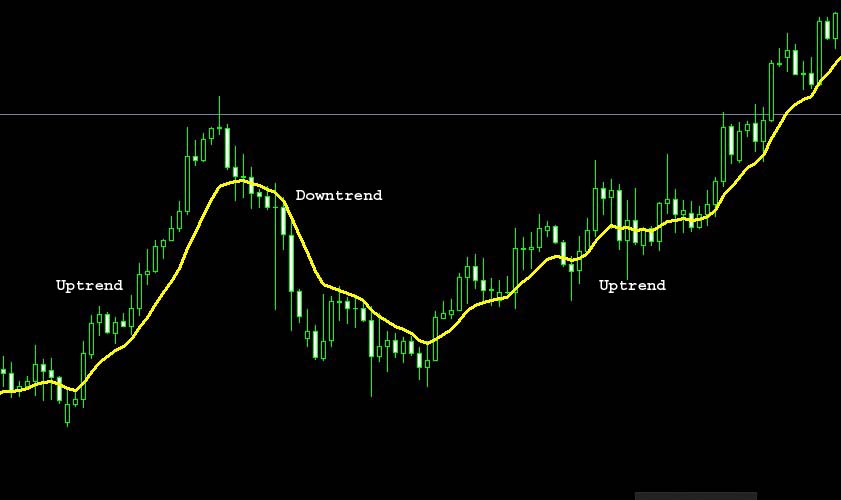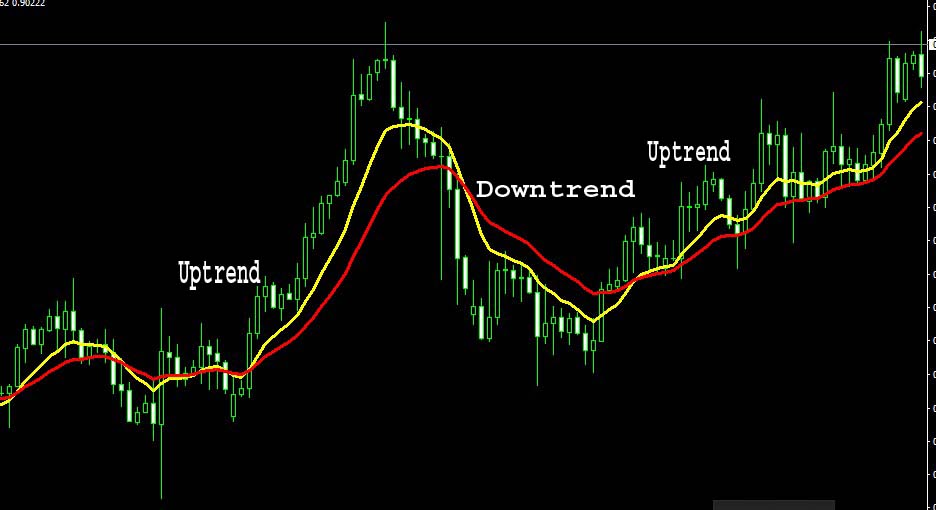How Is the Exponential Moving Average
Moving Averages ar one in all the foremost in style and straightforward to use
indicators available in Forex. They smooth a data series and make it
easier to identify trends, one thing that’s particularly useful in volatile
markets. They conjointly kind the building blocks for several different technical
indicators and overlays.
The two hottest varieties of moving averages ar the easy
Moving Average (SMA) and the Exponential Moving Average
(EMA).
A Simple Moving Average
A Simple Moving Average (SMA) is made by computing the common
(mean) worth of a security over a specified variety of periods. While it
is possible to form moving averages from the Open, the High, and
the Low knowledge points, most moving averages are created using the
closing price. For example a 20-day simple moving average is
calculated by adding the closing costs for the last twenty days and
dividing the total by 20.
In order to cut back the lag in straightforward Moving Averages (SMAs),
technicians often use Exponential Moving Averages (EMAs). EMAs
reduce the lag by applying additional weight to recent costs relative to
older prices. The shorter the EMAs amount is that the additional weight are going to be
applied to the most recent price.

The Simple Moving Average (SMA) is represented in black and the
EMA is the blue line.
Which moving average you employ can rely upon your commerce and
investing style and preferences.
The simple moving average clearly includes a lag, but the exponential
moving average may be prone to quicker breaks. Some traders prefer
to use exponential moving averages for shorter time periods to
capture changes quicker. Some investors prefer simple moving
averages over very long time periods to spot semipermanent trend changes.
Shorter moving averages are going to be additional sensitive and generate additional
signals. The EMA, which is mostly a lot of sense than the SMA,
will also be likely to generate more signals. However, there will also
be a rise in the variety of false signals. Longer moving
averages will move slower and generate fewer signals. These signals
will seemingly prove a lot reliable, but they also may come late.
Each capitalist or dealer ought to experiment with completely different moving
average lengths and kinds to look at the trade-off between
sensitivity and signal reliability.
Because moving averages follow the trend, they work better when a
currency pair is trending and are ineffective when a currency pair
moves in a trading range.
A – Trend Identification and Confirmation
If the worth is on top of a moving average and this moving average is
moving up, we’re in an uptrend.
If the moving average is moving down and therefore the value is below the
moving average, we’re in a downtrend.
Here is an example using a 20 days Simple Moving Average:

This chart shows you that moving averages help you spot the current
trend easily.
You can conjointly use a pair of completely different Moving Averages to identify the trend. For
example, if you use a 10 and 20 moving averages. If the SMA10 is
above the SMA20, you’re in an uptrend. If the SMA10 is below the
SMA20 you’re on a downtrend.

Here is another example that shows you that you can also spot a
trend using 2 different moving averages.
B – Support and Resistance Levels
Another use of moving averages is to spot support and resistance
levels. this can be typically accomplished with one moving average and is
based on historical precedent.
As with trend identification, support and resistance level identification
through moving averages works best in trending markets.

This example shows you how a moving average works on a strong
uptrend. The moving average was a good support area during this
uptrend. This strong support area can be used as an entry point.
There are even some trading systems build solely on moving
averages. On this kind of system, when the price crosses the moving
average to the top side could be a purchase and once it crosses below the moving
average is a sell. On sturdy trends, this kind of trading system works
well. However, throughout stormy markets, their ar many false
signals for this kind of system.
The Moving-Average Approach
The moving-average approach combines elements of the Bollinger band
approach with elements of the entry techniques for longer-term trades based on
the major trend. It is particularly effective for entering a trade when there is already
a setup on the basis of the entry checklist for a market that you expect you would
like to enter. Using the intraday chart strongly reinforces the odds in favor of getting into a trade just as it
is starting to go on the basis of the daily entry signal.
There is an almost unlimited number of considerations for day trading that
work some of the time, but there is hardly one more important than to make sure
that the overall picture is favorable on the weekly and daily charts for the intended
trade. Except for occasional and conspicuously inviting contra-trend trades at an
obvious extremity, good short-term speculation should, almost axiomatically,
have the potential to develop into a longer-term trade. Successful short-term trading should seldom deviate far
from the following approaches that work well most
of the time for entries.
 Earn Money Forex Best Forex Trading Experience
Earn Money Forex Best Forex Trading Experience








Very nice post. I just stumbled upon your blog and wanted to say that
I’ve truly enjoyed surfing around your blog posts.
In any case I will be subscribing to your feed and I hope you write again very soon!
Greetings! Very helpful advice in this particular article!
It’s the little changes thast make the most implrtant changes.
Many thanks for sharing!
Unquestionably imagine that that you stated. Your favourite justification seemed to be at the web the simplest thing
to take note of. I say to you, I certainly get irked
while people consider worries that they just don’t recognize about.
You controlled to hit the nail upon the top and also defined out the
entire thing with no need side-effects , people can take a signal.
Will probably be again to get more. Thank you